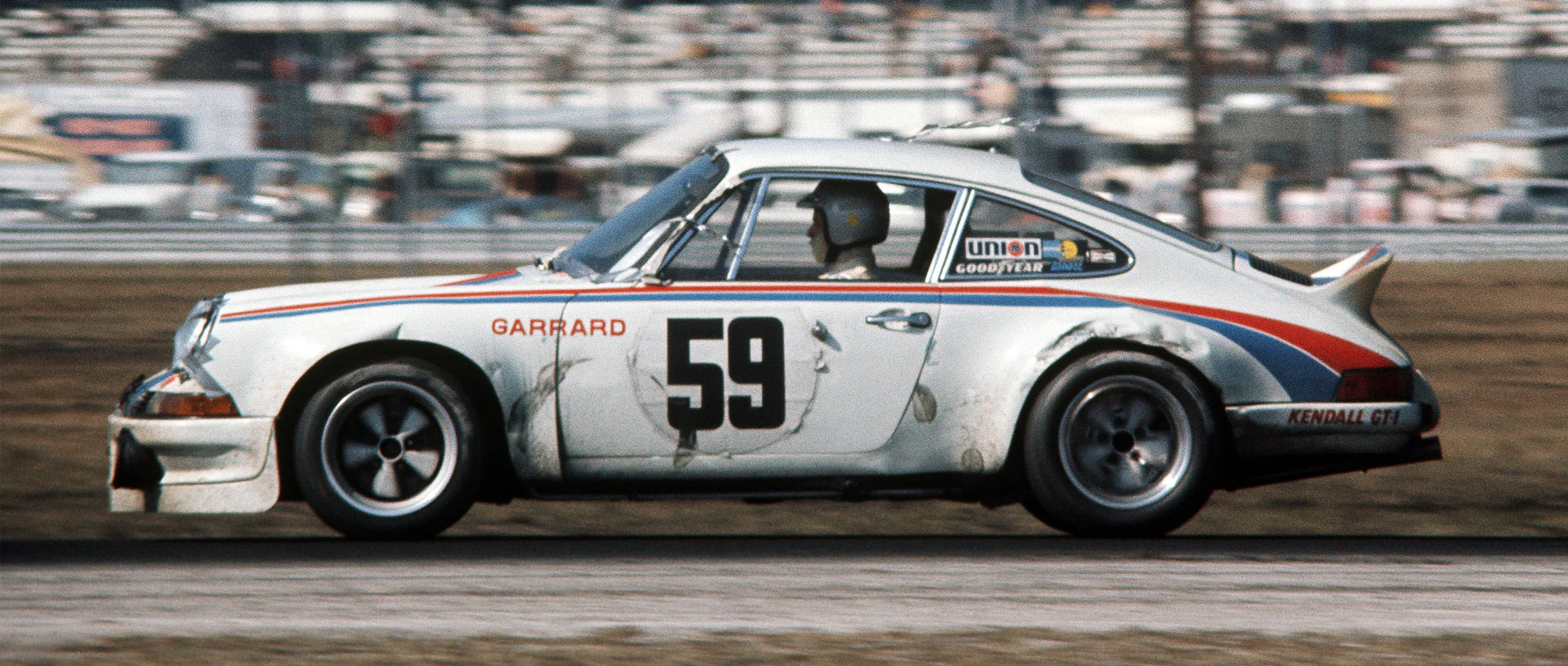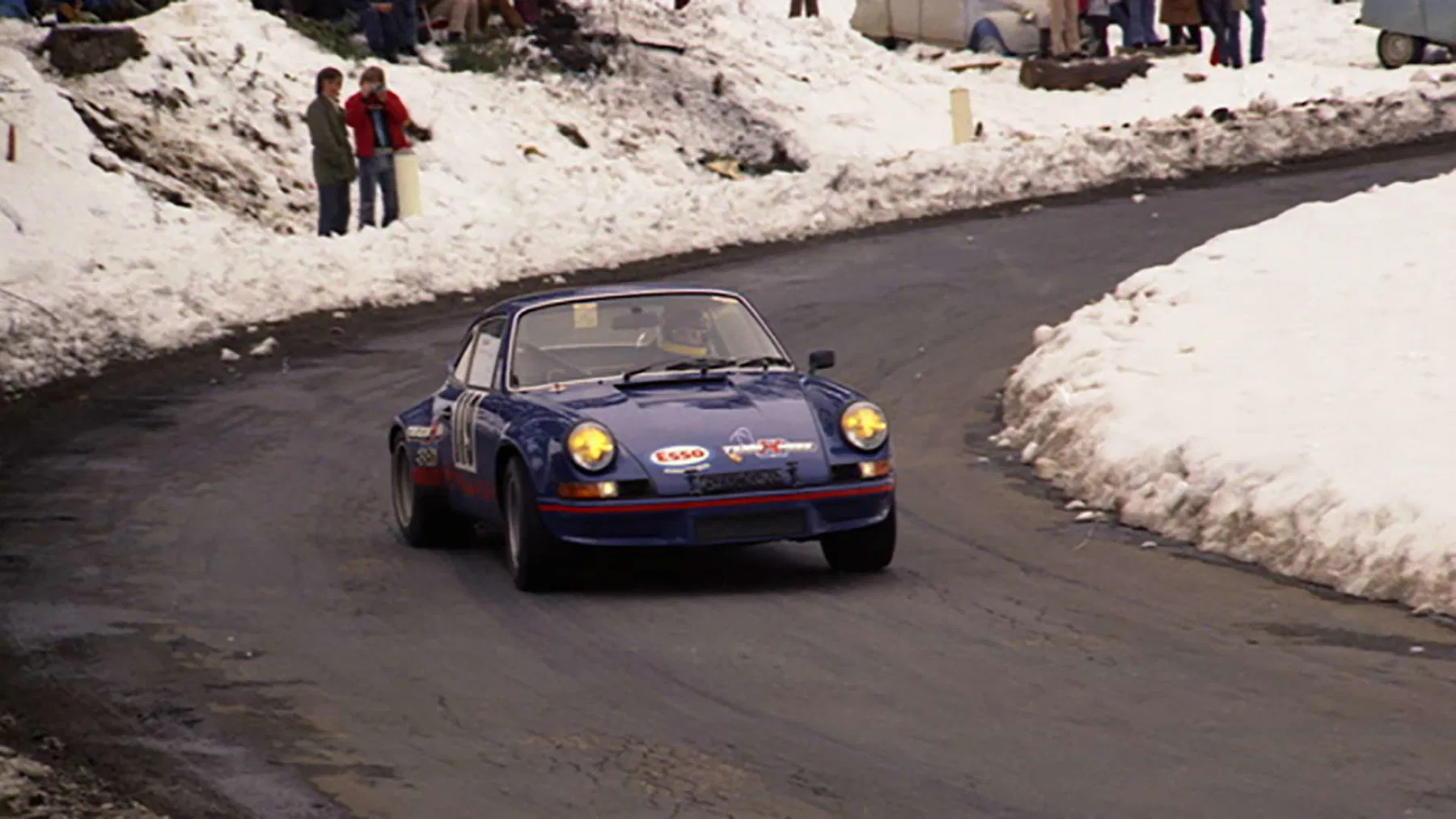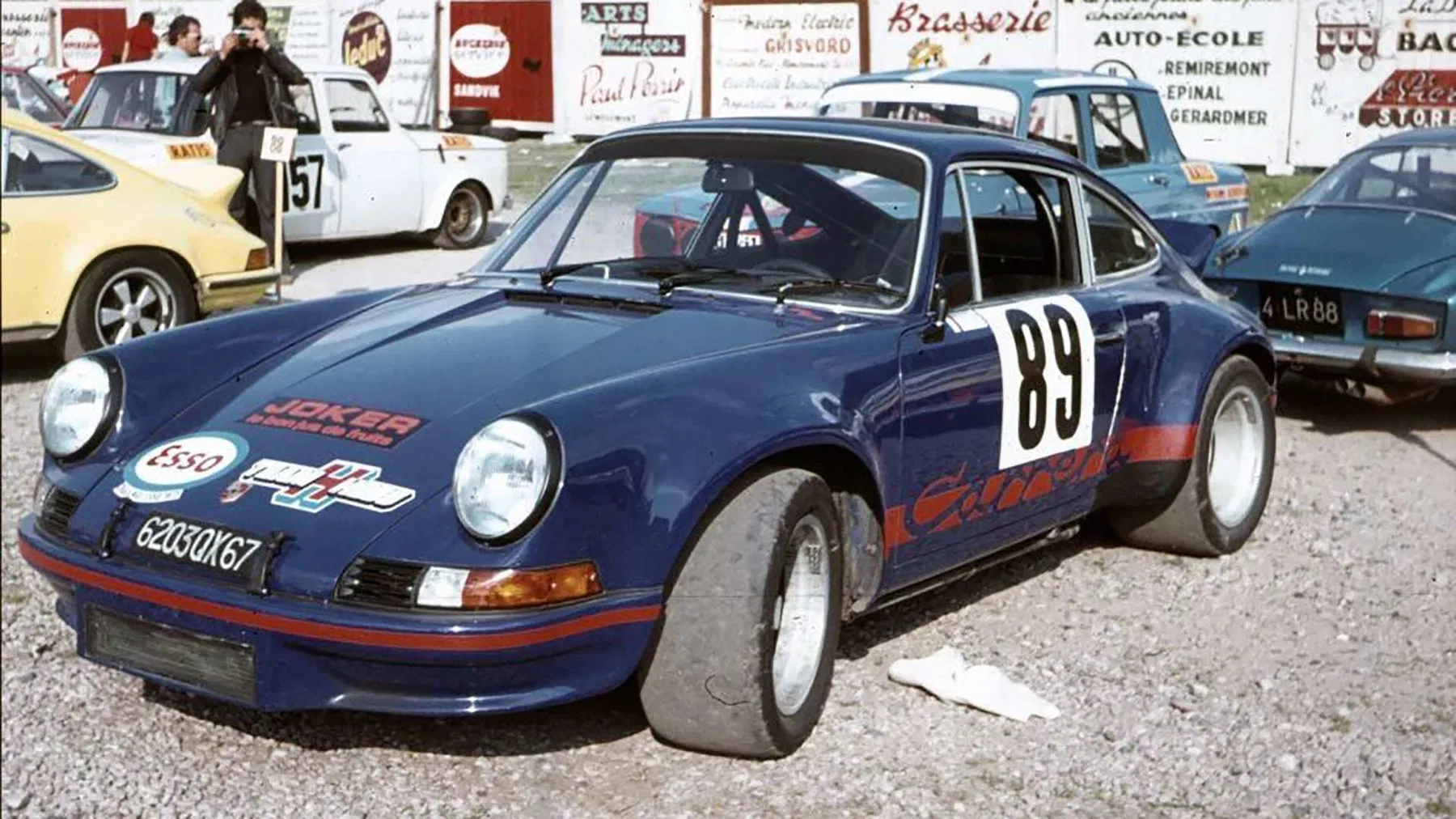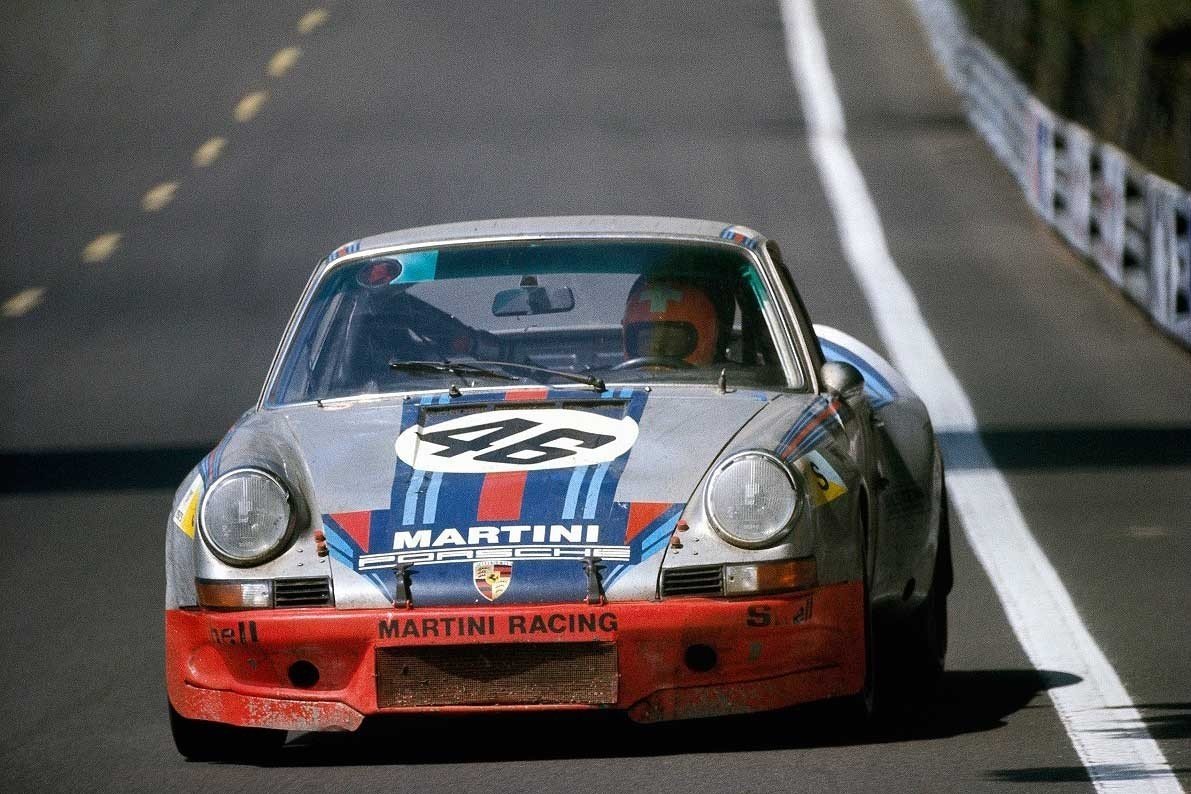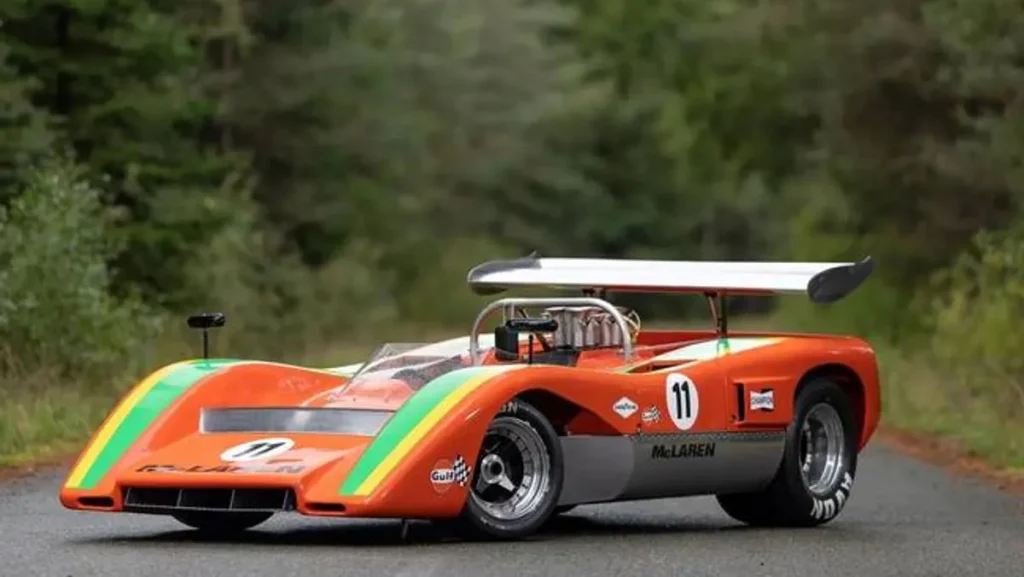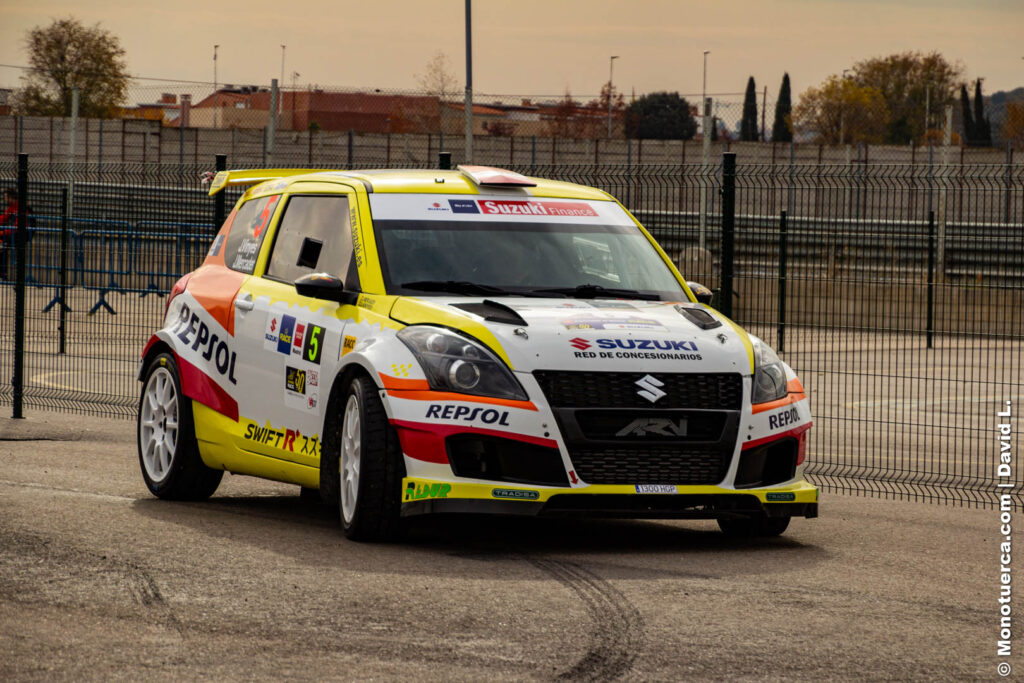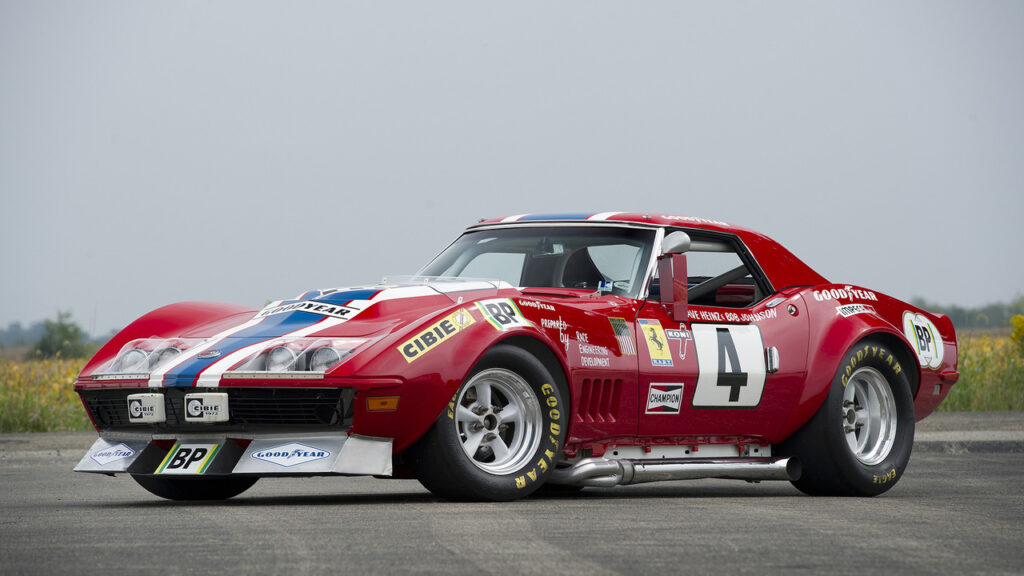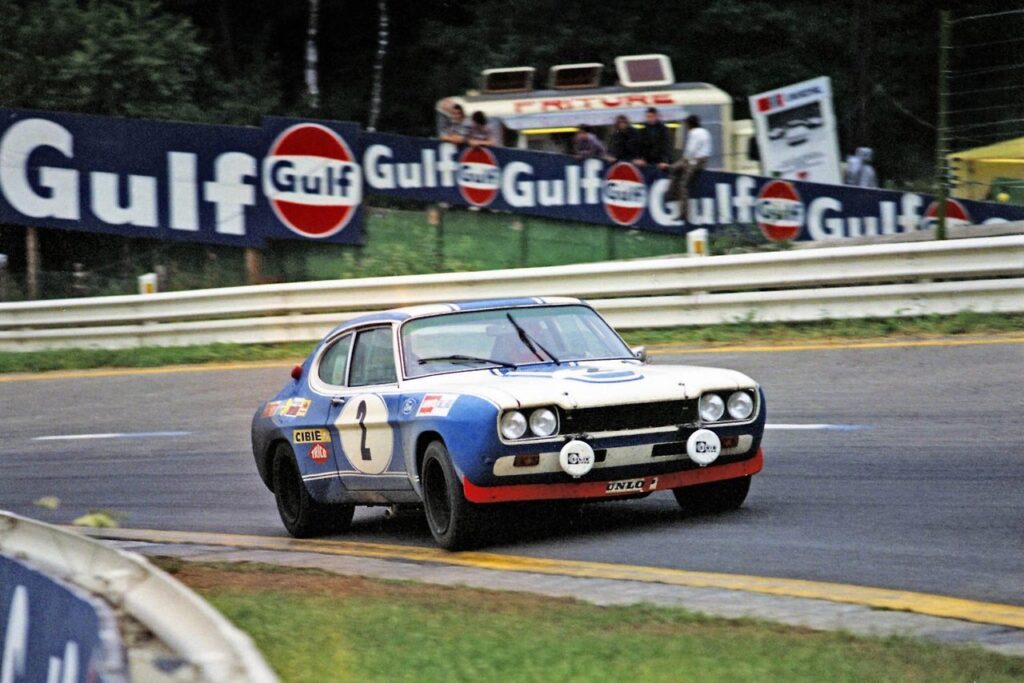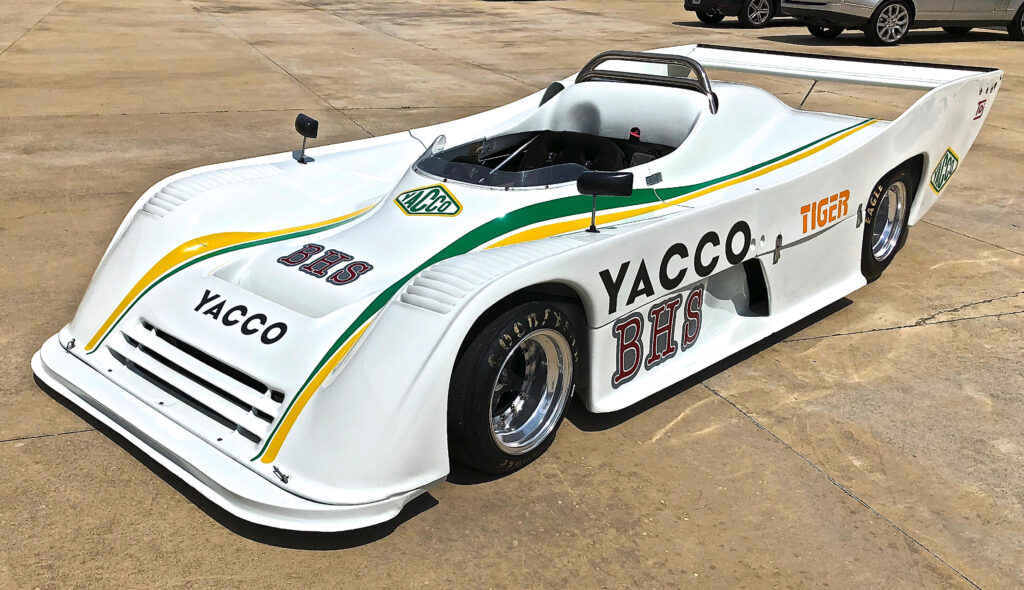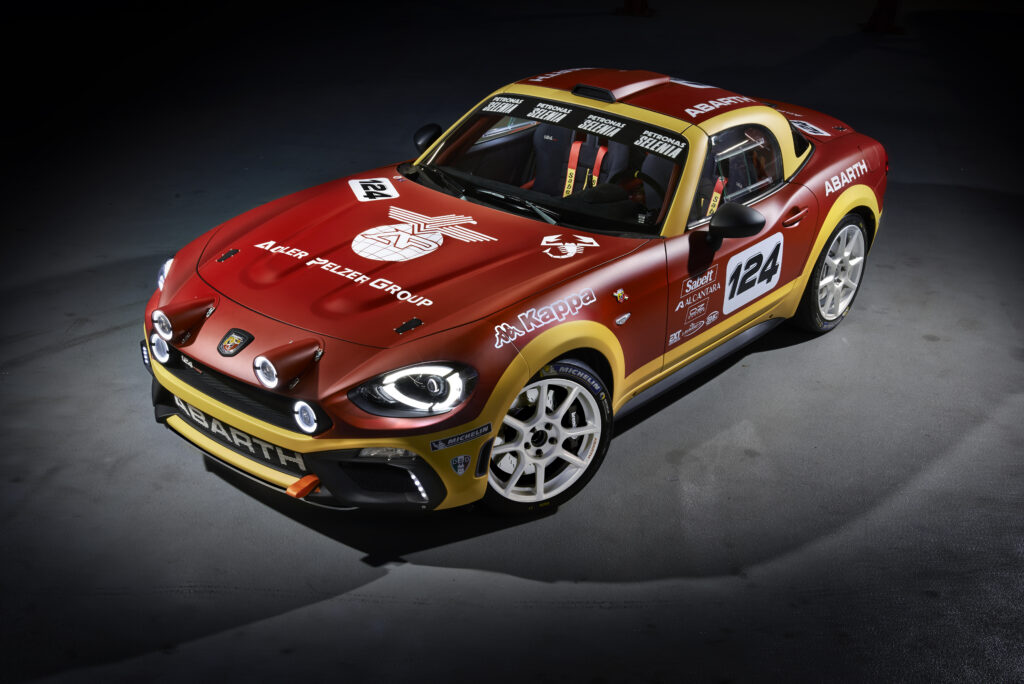1973 Porsche 911 Carrera RSR 2.8
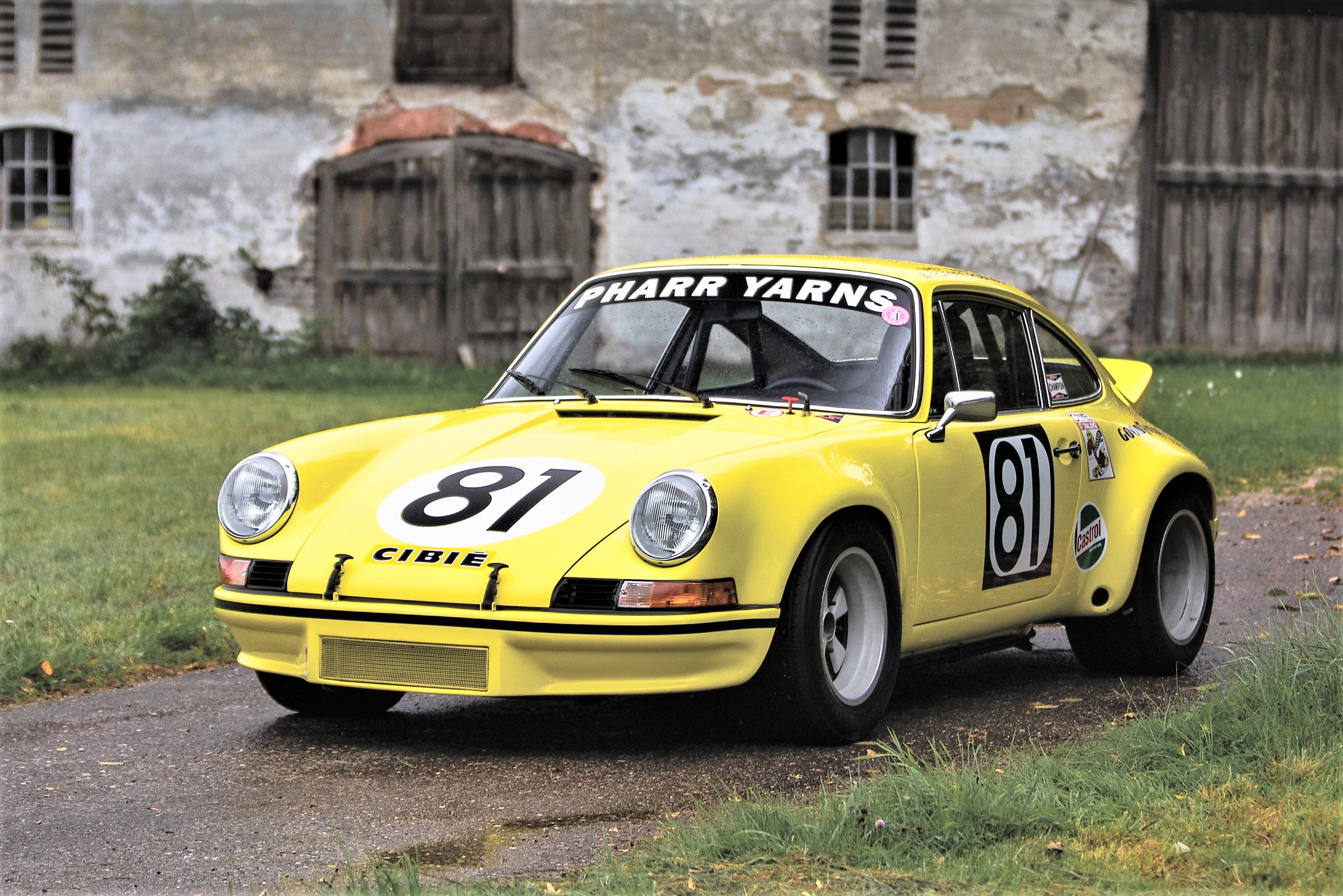
1973 Porsche 911 Carrera RSR 2.8
Brand
Porsche
Year
1973
Country
Germany
Generation
Porsche 911 I (G-Modell)

1973 Porsche 911 Carrera RSR 2.8
Brand
Porsche
Year
1973
Country
Germany
Generation
Porsche 911 I (G-Modell)
About this car
Discover the history
The 1973 Porsche 911 Carrera RSR 2.8 was a groundbreaking race car that solidified Porsche’s dominance in endurance and GT racing. Born from the successful Porsche 911 Carrera RS 2.7, the RSR 2.8 was developed exclusively for Group 4 competition, marking a radical departure from the road cars. Only 55 examples of the RSR 2.8 were built, making it a highly sought-after collector’s car today. The car debuted with a strong focus on reducing weight, enhancing power, and improving aerodynamics to maximize its performance on the racetrack.
At the heart of the RSR 2.8 was an enlarged flat-six engine that increased its displacement to 2,808 cc. This powerful engine could produce over 300 horsepower at a staggering 8,000 rpm, an impressive feat for the time. Porsche engineers modified the cylinder heads, enlarged the valves, and incorporated twin-plug ignition, among other refinements. With a compression ratio of 10.3:1, the engine was optimized for high performance, delivering a top speed that exceeded 180 mph under the right conditions. This was paired with a five-speed gearbox, an improved limited-slip differential, and race-specific suspension components to handle the increased demands of motorsport.
Porsche’s attention to aerodynamics was also significant. The body was modified extensively, featuring widened wheel arches to accommodate larger Fuchs wheels, which measured 9 inches at the front and 11 inches at the rear. The wider stance and flared fenders gave the car a more aggressive appearance and allowed for improved traction and handling. Additionally, the RSR’s lightweight construction—using thinner steel, fiberglass panels, and stripped-down interiors—helped the car weigh as little as 900 kg. Weight-saving measures extended to the interior, which was bare-bones with only essential instrumentation, lightweight Recaro bucket seats, and a roll cage for added safety.
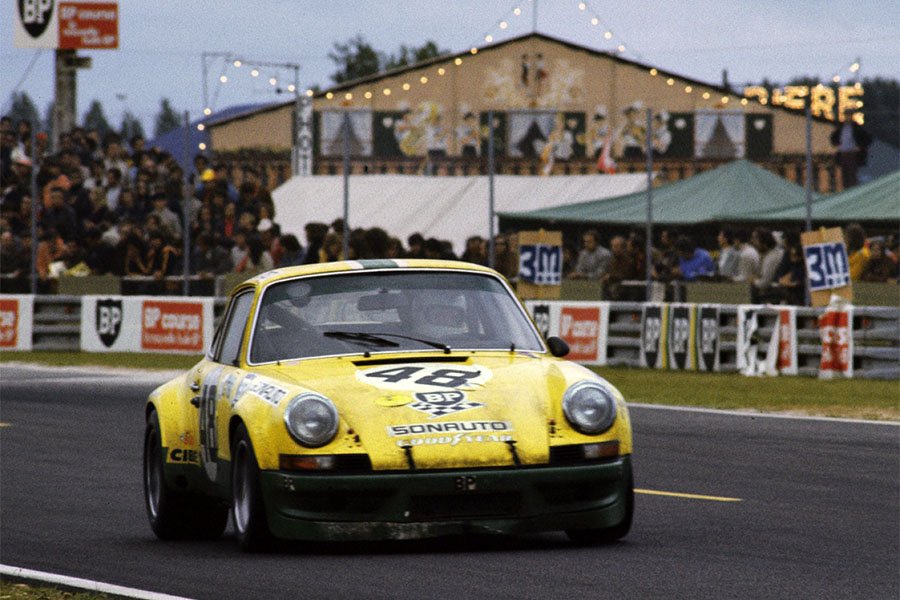



The racing pedigree of the 1973 Carrera RSR 2.8 is legendary. The car made its debut at the 1973 24 Hours of Daytona, where it took first place overall, cementing its reputation as a formidable competitor. This was followed by victories at other major endurance events, including the 12 Hours of Sebring, the Targa Florio, and six of the nine races in the European GT Championship. It dominated in both factory and privateer hands, largely thanks to its agility, durability, and the sheer power of its engine. The Carrera RSR 2.8 was a key player in Porsche’s capture of the 1973 World Championship for Makes, outperforming established rivals like Ferrari and Alfa Romeo.
The car’s success was a direct result of Porsche’s engineering prowess, particularly its ability to push the limits of what was possible within the FIA regulations. The 2.8 RSR was designed from the ground up to meet the demands of top-level racing, not simply as a modified street car but as a purebred racer. Its extraordinary performance, reliability, and handling capabilities made it an instant classic and a favorite among private racing teams, contributing to its continued legacy. By the end of its run, the RSR 2.8 had earned its place as one of the most important cars in Porsche’s racing history.
